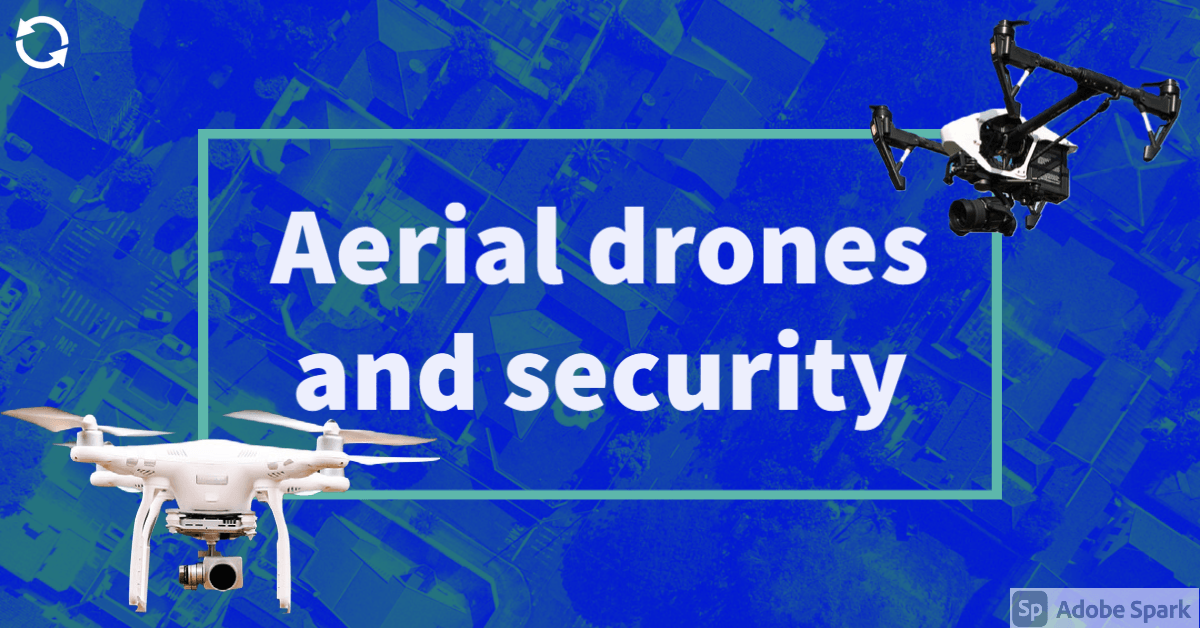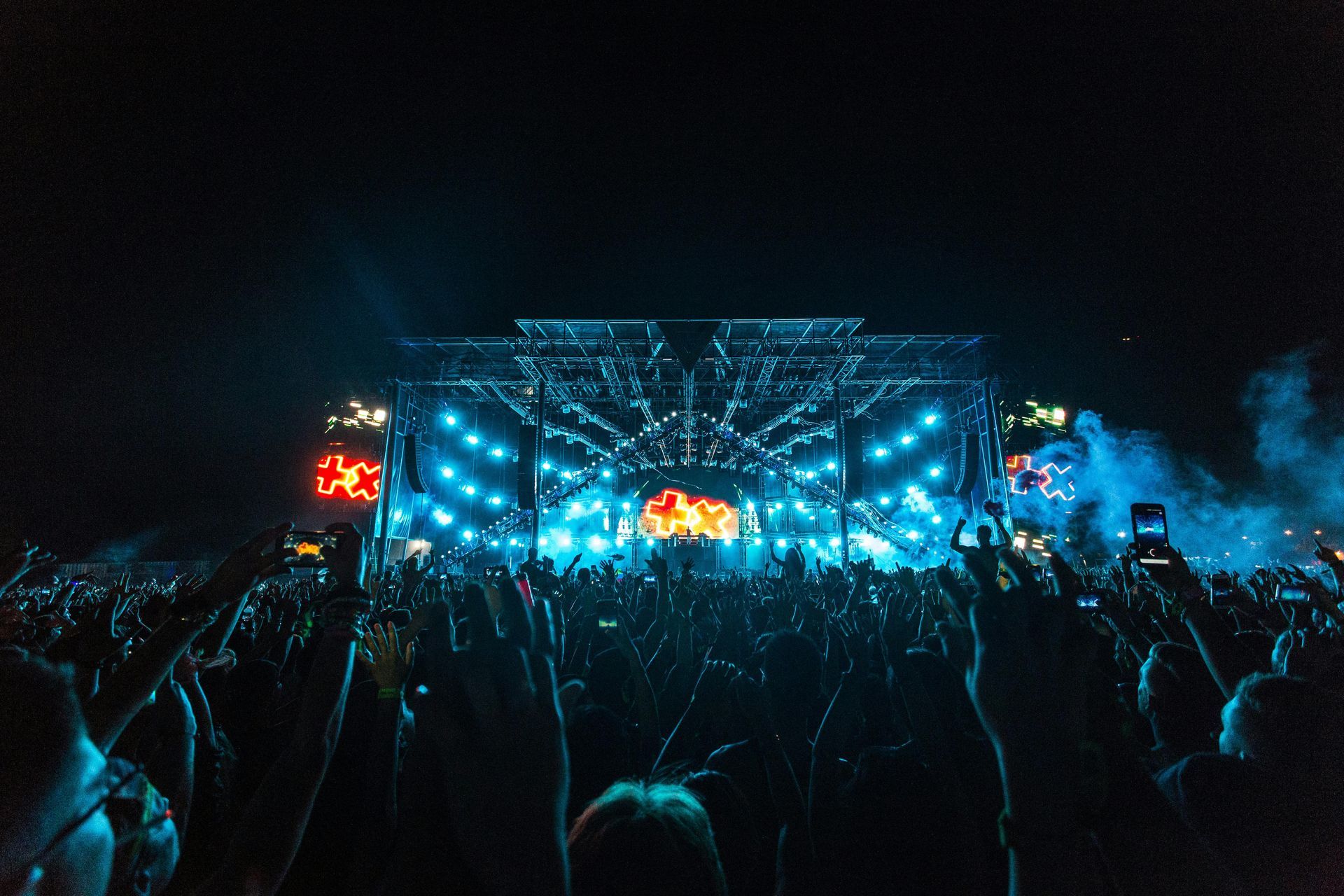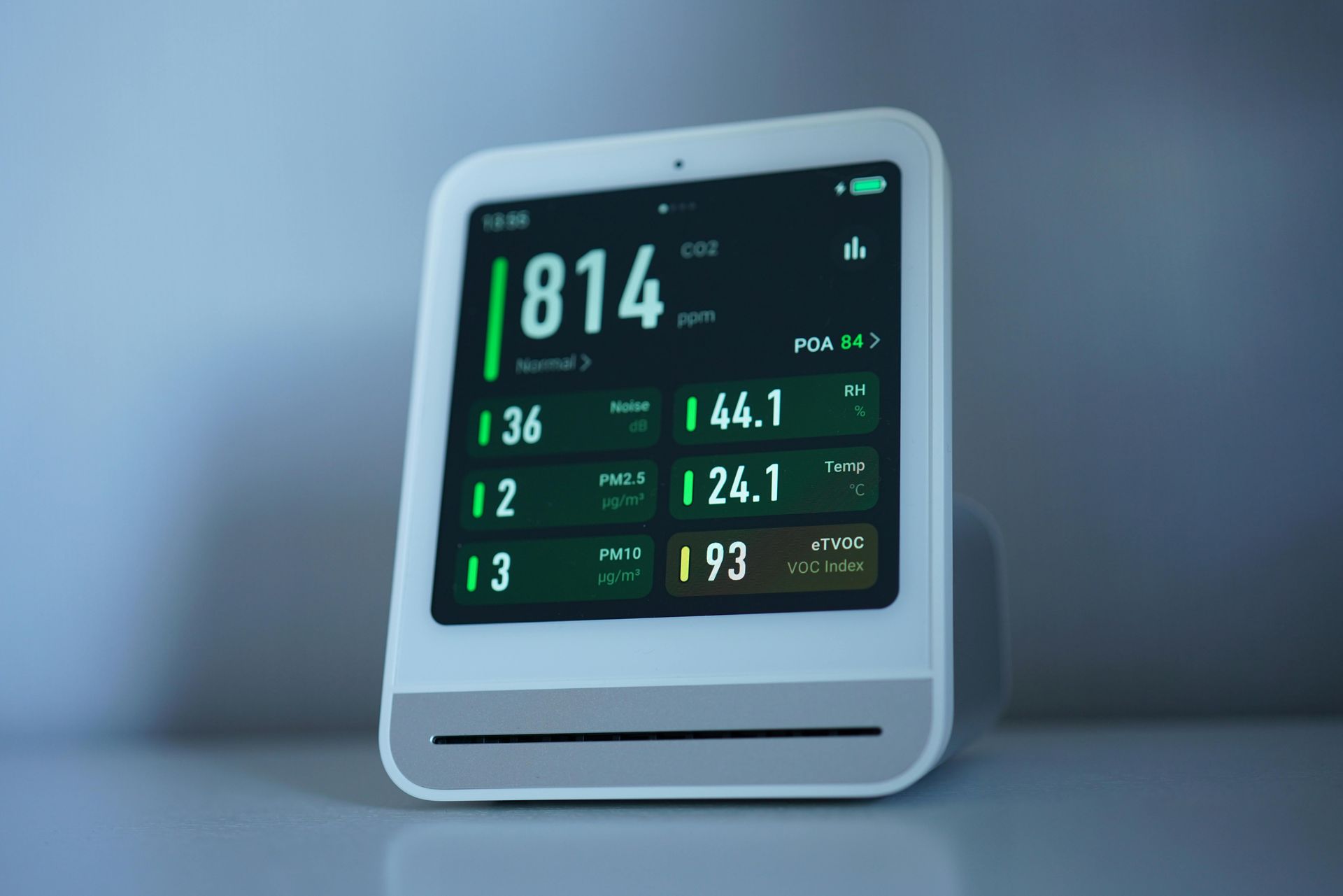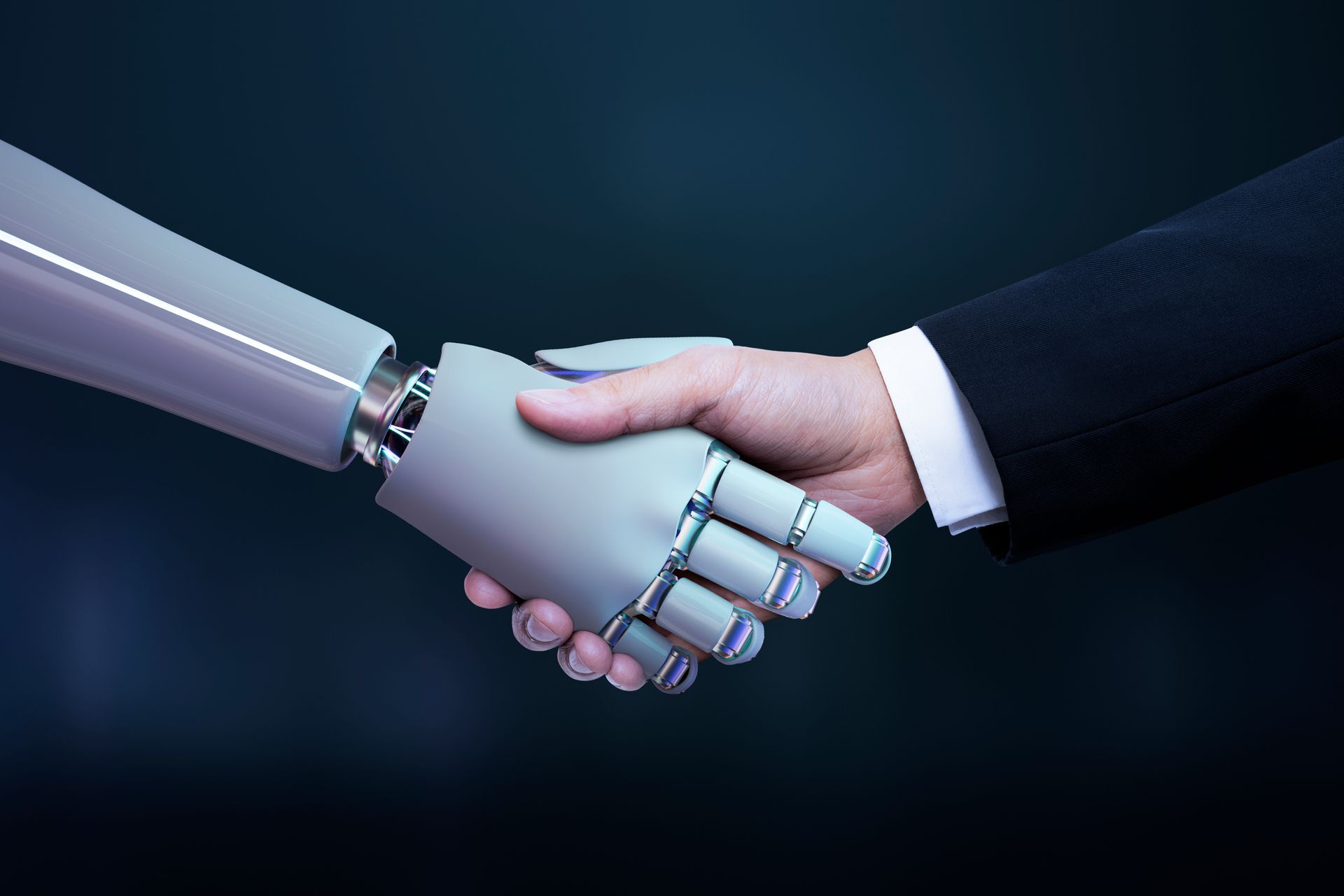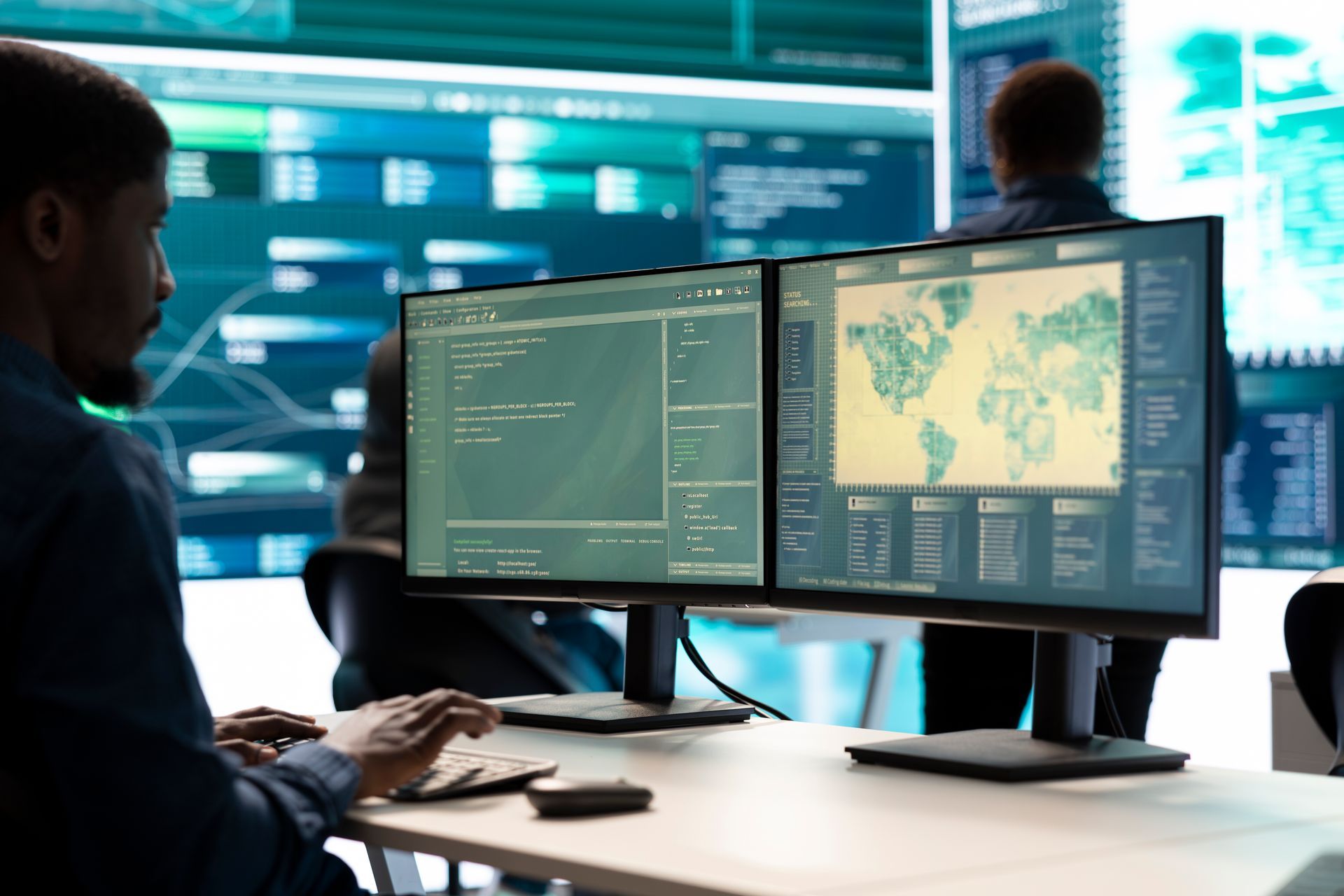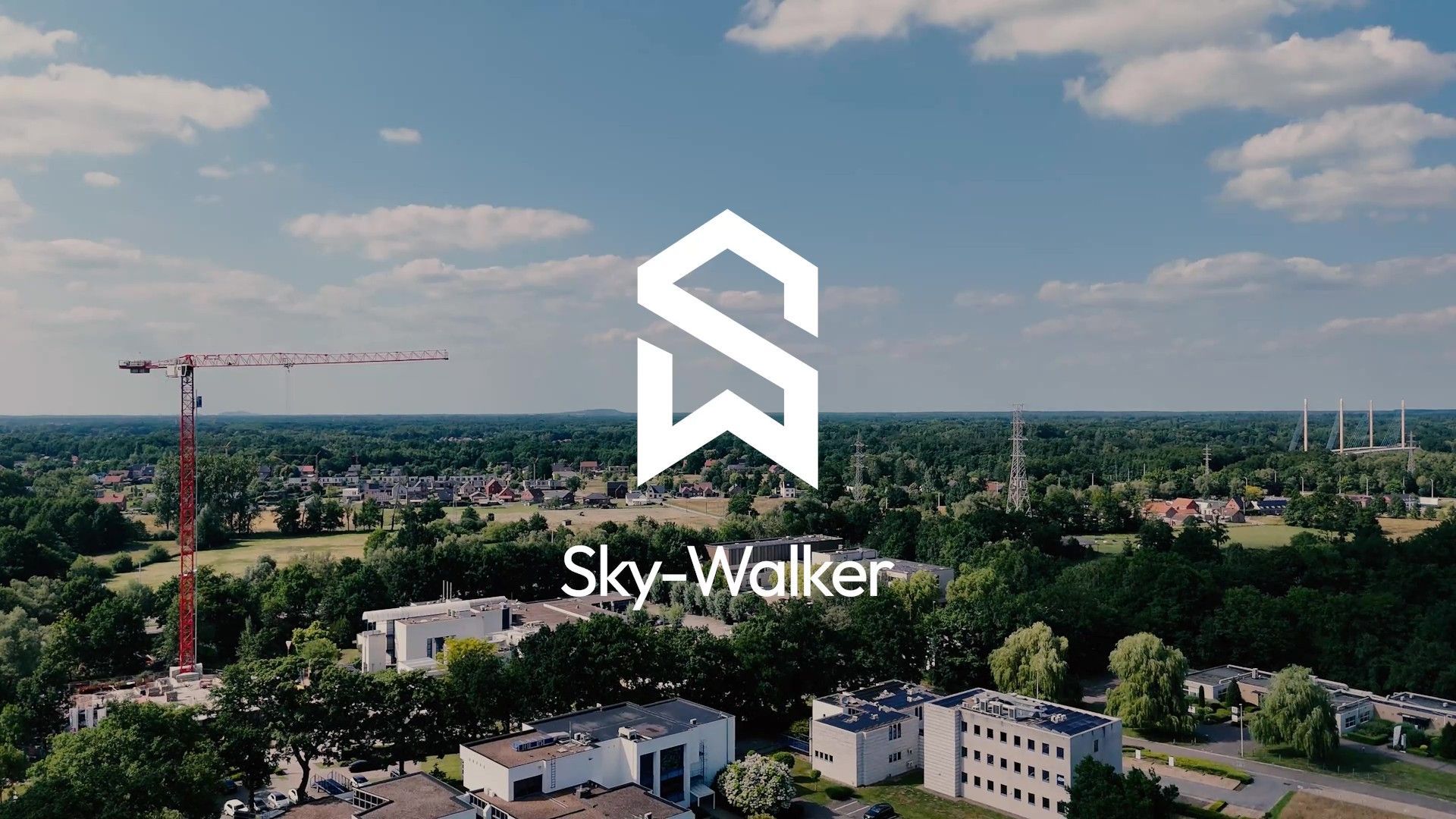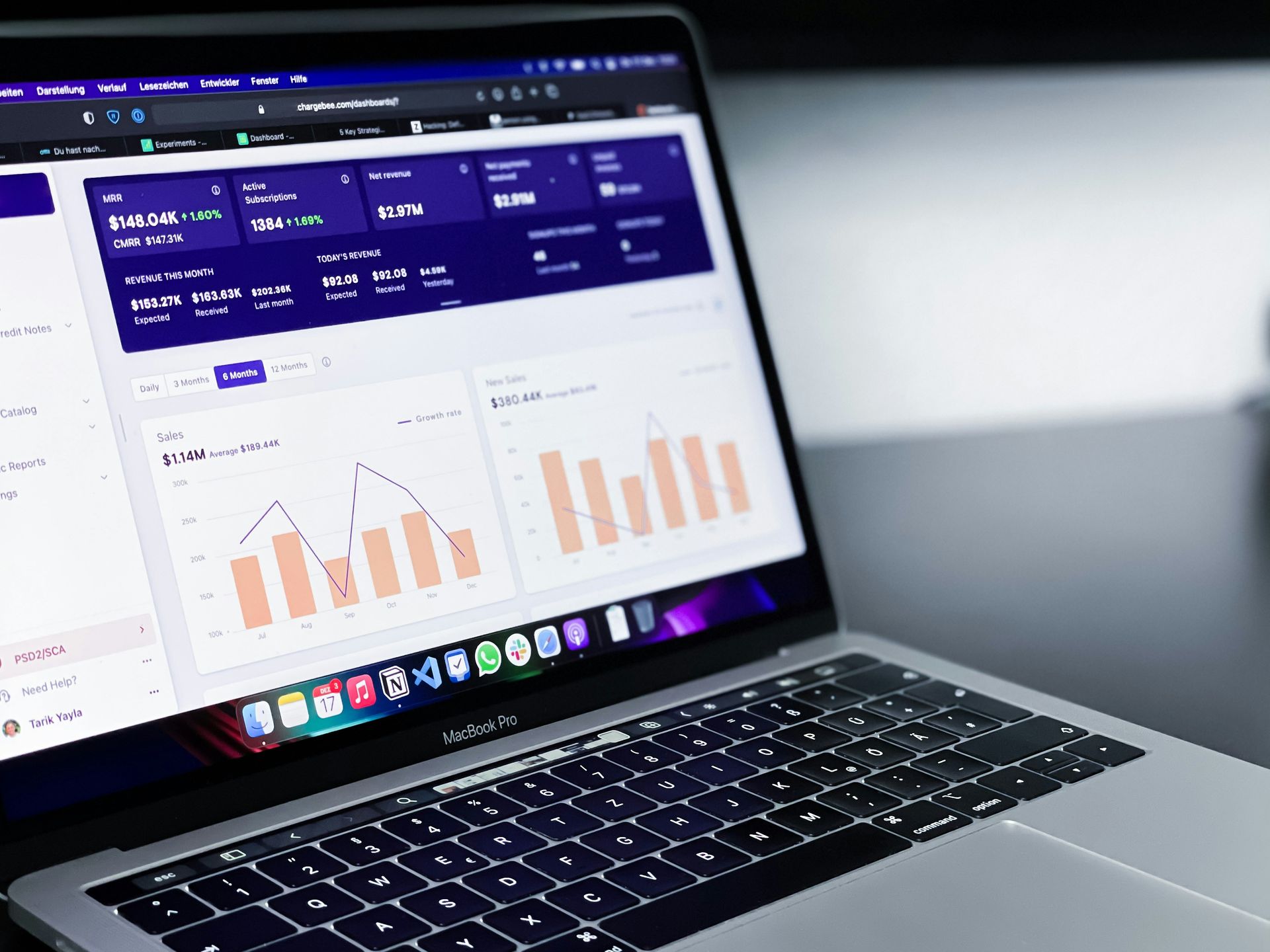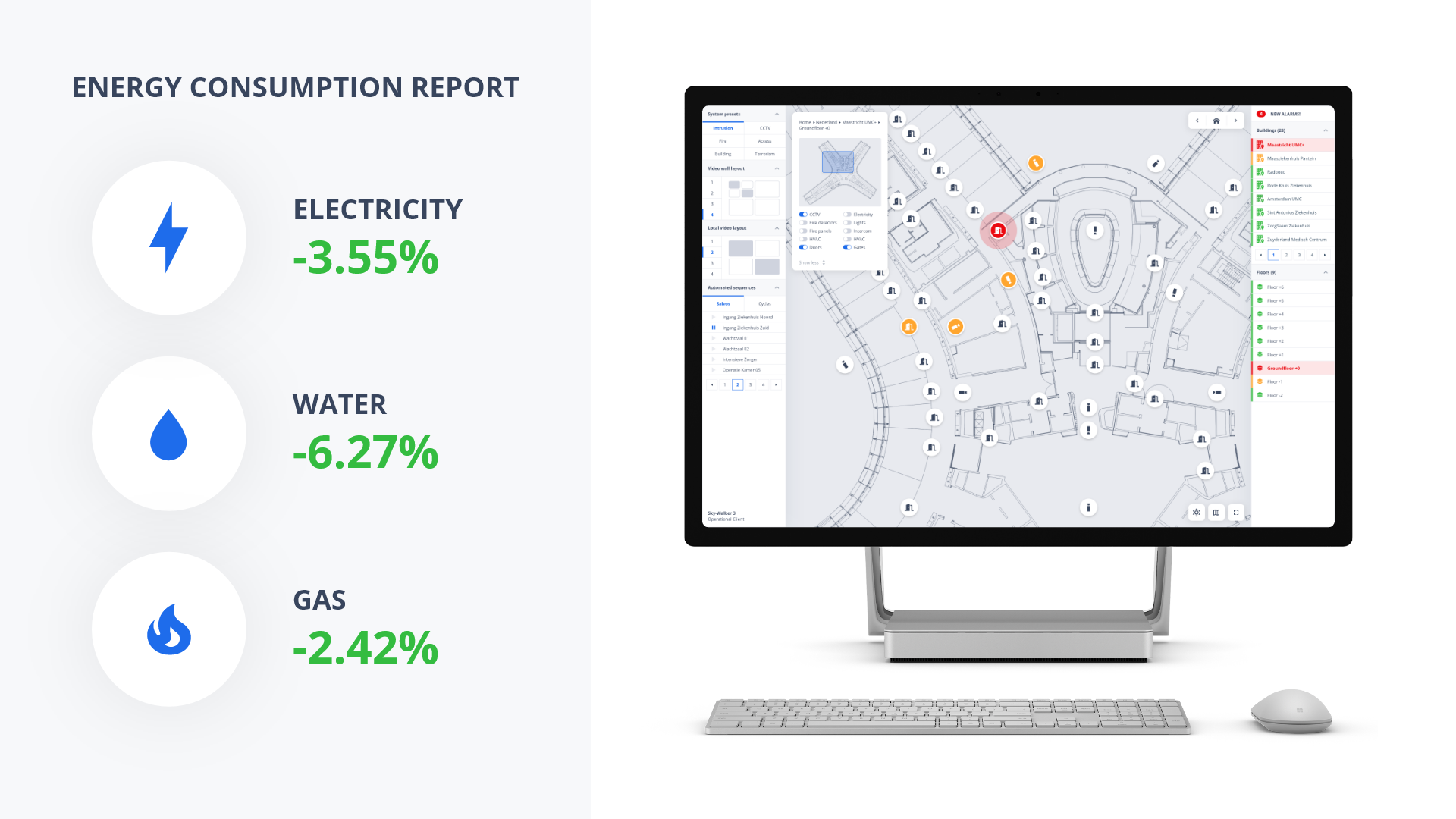What does the integration of aerial drones mean for our security?
Drones are used for a wide range of security purposes, from perimeter observation and 24/7 monitoring of large sectors to alarms response and initial evaluations. In this blog we are taking a look at drones and what their potential is for the security sector.
1 - Smart cities and drones
With improvements in how smart cities handle their capital and provide services to citizens on the horizon, research, growth, and production in various related technology fields is accelerating. Smart cities will maximize resource use and improve operations in health, transportation, electricity, and water systems, as well as increase citizen comfort, by leveraging recent developments and technologies in information and ICT, robots, and applications.
Using ICT and robotics in smart cities successfully and securely would result in lower costs and resource use, as well as more profitable and productive public engagement. One of these inventions is the drone, which will deliver multiple applications in intelligent cities and have a positive effect on society. Drones, for instance, can be used to track the atmosphere, regulate traffic, monitor waste, inspect public safety and distribute commodities. But the integration of drones in smart cities is extremely difficult due to a number of issues and questions, including safety, privacy, and ethical/legal use.
2 - Fire safety management and drones
Fire can be detected, monitored, and extinguished using drones. Fitted with a thermal imaging camera, the drones can identify hotspots and can even track toxic liquids or gasses. They are equipped with special sensors. By quickly providing the overview of the current situation of the building, a security drone is able to send the message to the control room quickly and efficiently. In turn, the operator has an easier job in going through the right steps in the process of evacuation and follow-up. For example, the HVAC units and elevators are quickly put out of order, stopping the fire from expanding through the shafts to other areas.
3 - Incident management and drones
There is a strong need at events to easily collect overview photographs of the crisis situation. Drones are a great help in achieving this rundown easily. Consider a security breach or for example an oil leak, or the loss of an inland ship. Companies run into a number of issues annually. Drones can convey the precise location of the incidents. They can also transmit and send photographs to peers or chain members quickly. Drones can also verify alarms or provide overview of a situation. After an alarm, the drones can fly out automatically or is directed by a drone pilot to the location of the incident. This allows for a faster and more focused follow-up of an incident, limiting or even preventing any damage.
4 - The benefits of using drones for security purposes
Cost Effective
A drone software is far less expensive than most conventional aerial photography methods. There are significant differences in terms of ultimate imaging requirements, but when it comes to essential unit cost, the differences are astounding. Image gathering a century or more earlier was normally done with fixed wing or satellite aircraft, with costs ranging from tens of thousands to over a million dollars, depending on the duration of the program and the amount of use required. Also the most advanced automatic mapping systems now cost less than 35000 euro, and simpler drones cost even less, between 1300 and 2500 euros.
When defense forces are sent to remote areas, drone operations have a significant advantage. Traditional responses that take ten minutes or longer could cause an intruding group to flee the scene unidentified, resulting in failure and a missed opportunity for apprehension. Drone coverage in a fraction of the time increases the risk of evidence collection and detention.
Drones in defense systems have a remarkable potential to navigate sites far away and hard to reach faster than recruited staff. This is especially helpful where personnel protection is restricted inside buildings, such as major factory activities or locations of costly inventory located at a distance.
Risk assessment
Enterprise security staff will use drones to locate holes and faults which, from a different perspective, would otherwise not be visible. This will enable operators to see risks in 3D Rather than seeing things in a 2D setting. This completely shifts the nature of how you put your protection countermeasures into play.
Perimeter control and other security situations
Drones may assist in the surveillance of perimeters, parking fields, hospitals, college campuses, stadiums, and other outdoor locations. This is also possible at night by using a thermal imaging sensor.
The interest in using drones for security reasons is growing but it still isn’t the norm. This is the case because there are to strict regulations regarding privacy and the technology being to new. But for the future the possibilities are endless.







 Download Product Ebook
Download Product Ebook View all our solutions
View all our solutions Sky-Walker Architecture
Sky-Walker Architecture View all our integrations
View all our integrations Book Protocol workshop
Book Protocol workshop Our Company
Our Company Contact Us
Contact Us View All Our Case Studies
View All Our Case Studies Become a PSIM Partner
Become a PSIM Partner Become a Sky-Walker PSIM partner today!
Become a Sky-Walker PSIM partner today! English
English Français
Français Nederlands
Nederlands